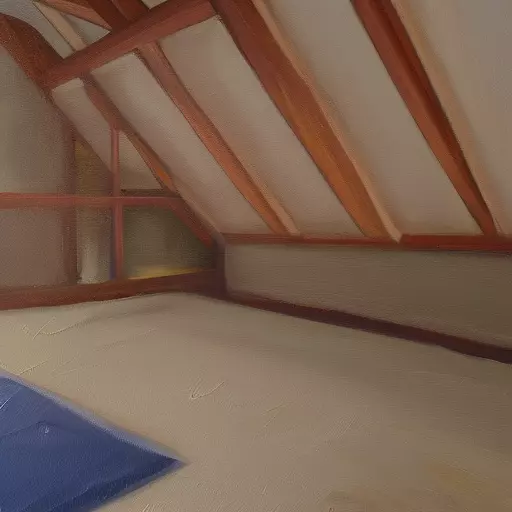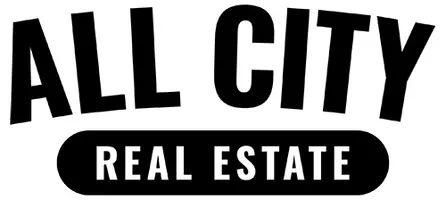
Pre-Approval Process for Home Buyers
Pre-Approval Process for Home Buyers If you are preparing to purchase a home, one of the first steps is to get pre-approved for a loan. The pre-approval process involves submitting your financial information, such as your income, assets and liabilities, to a lender. A lender will then review the

What Conveys in a Home Sale in Texas?
What Conveys in a Home Sale in Texas? Whether you are buying or selling a home in Texas, it is important to know what conveys with the property during the sale. In Texas, all fixtures and personal property that are attached to the home will generally convey unless otherwise noted in writing. Under

Attic Insulation 101: What You Need to Know
Attic Insulation 101: What You Need to Know Attic insulation is one of the most important aspects of home maintenance. While it can be easy to overlook, proper insulation can help keep your home warm in the winter and cool in the summer, saving you money on energy costs. That’s why it’s
Categories
Recent Posts










